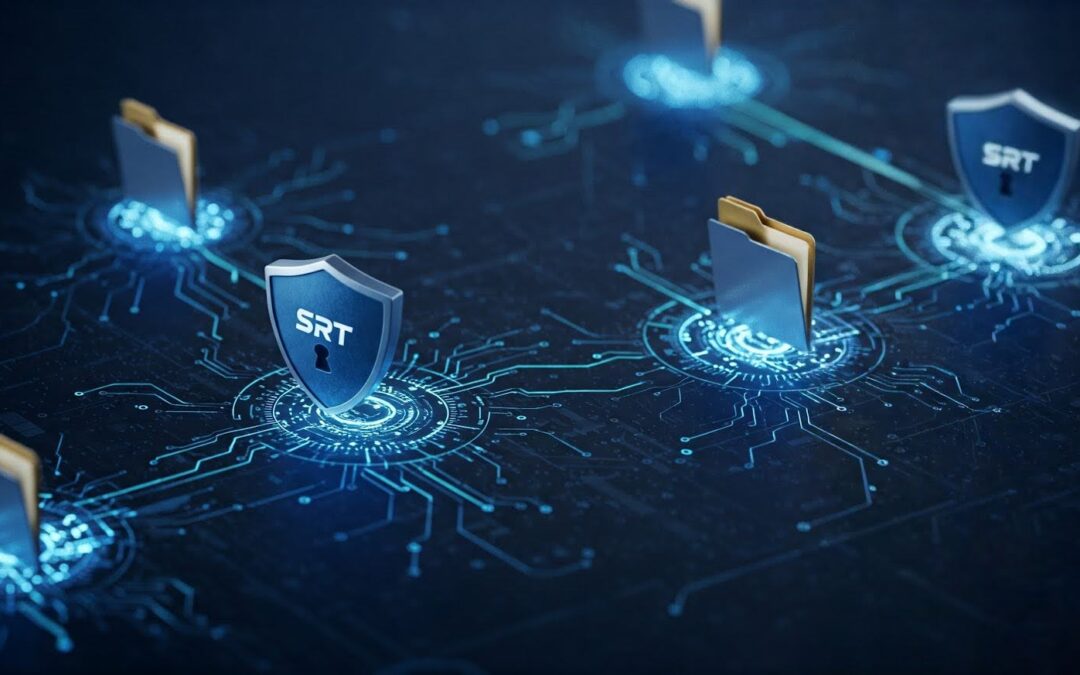Originally posted by www.2brightsparks.com
SyncBack is software for Windows that allows you to backup your files to your chosen destination, and synchronize (copy in both directions) them. There are 3 versions of the product: a free version, and two paid versions (one is entry level, and the other is premium). SyncBack is a useful product that helps to keep files secure, however, it does not allow you to sync or backup files to FTP, which is essential for some.
Using SyncBack with WebDrive fixes this problem. A number of users have reported that SyncBack works well with WebDrive (which allows you to access an FTP server as if it was a local drive, i.e. via a drive letter). Since SyncBack doesn’t natively support FTP, WebDrive File Transfer Client allows you to sync and backup your files to FTP. Follow the steps below to get started:
*You’ll need to change all the paths in this article as appropriate if you are using SyncBackPro, SyncBackLite or SyncBackFree.
When using the Windows Task Scheduler, you need to configure the job in SyncBack to run under the same Windows user account that you created your WebDrive site profile in. Make sure you enter a password as well as this is required for the Windows scheduler.
By default, the command line passed to the Windows scheduler by SyncBack will resemble the following:
“C:\Program Files\2BrightSparks\SyncBackSE\SyncBackSE.exe” -m “Profile Name”
Profile Name is the name of the profile you created in SyncBack. If you plan on running this scheduled job while being logged in, this will work as-is. However if you schedule it to run at, say, system startup or nightly after logging out, you will need to change this command line to a batch file that you will need to create in a text editor. The batch file will consist of 3 lines as follows:
start /wait /D “C:\Program Files\WebDrive\webdrive.exe” /s:”YourWebDriveSiteName”
“C:\Program Files\2BrightSparks\SyncBackSE\SyncBackSE.exe” -m “Profile Name”
net use W: /d
- The first line will use command line parameters in WebDrive to map the drive letter (adjust the path to WebDrive if different in your system).
- The second line is the standard way to run the SyncBack profile. In 64-bit systems, this will likely use “C:\Program Files (x86)\…” instead
- The last line simply disconnects the drive.
If you are using Windows Vista or later and have problems with SyncBackLite/SE/Pro not seeing the mapped drive then you may need configure SyncBackLite/SE/Pro to run without elevation by using a different manifest file or by creating an alternate copy of the program that runs non-elevated. This article has details (again, based on SyncBackSE; adjust names and paths to suit if using SyncBackLite/Pro)
Note that running at the lowest security level means you cannot copy open/locked files, for example. It also means any profiles that are stored in the same folder as SyncBackLite/SE/Pro cannot be used unless you have write permission to that folder (which is unlikely by default).
SyncBackFree does not run elevated so there is no need to change the manifest file for that version.
Want to download a free trial of WebDrive to test with SyncBack?






